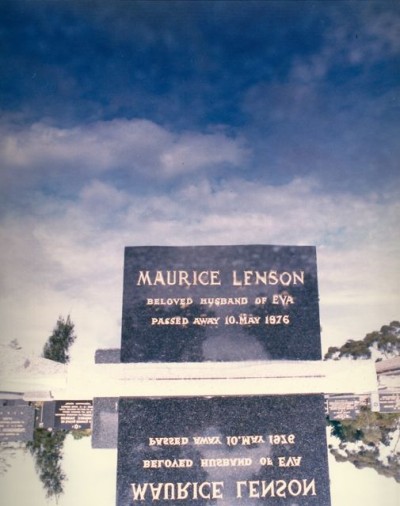Synchronicity – ‘Seeing’ with different eyes
In the previous article I gave an example of how two ‘events’ can coincide in space and in time.
These events can be seen in an artistic way that creates a juxtaposition of images, which give rise to an artistic statement, which is open to the interpretation of the viewer, as is all art.
When we learn to see in this way, the world can speak to us in a completely new way. The rational, scientific façade of the world, though still present, becomes alive with the vibrancy of the presence of the numinous. We can discover meaning in life, and find those ‘golden threads’ that seem to weave through our life and tell us something about ourselves and our journey.
Artists often set out deliberately to explore a theme in order to discover or reveal some essence about life or ‘the human condition’. Synchronicity is related more to the spontaneous experience of such coincidences of events.
Let me give you an example of how this kind of ‘vision’ can allow us to see things differently.
I remember seeing a Monet exhibition in Basel and ‘seeing’ something that had never struck me in quite the same way before. I believe it was a part of Monet’s design to paint this way. You have no doubt seen some of his water-lily series of paintings.
My guess is that most people who view these paintings see a beautiful and peaceful scene. I believe that Monet intended for us to see more than this.
What I find striking is the balance that Monet helds between the foreground and the background, between that which is nearby and reachable, and that which is distant, unreachable, seen, yet only reflected, suggesting other worlds and the great beyond. In short, a balance between this world and another.
It is almost as if the present (the foreground) has become a little amphitheatre contained within the vast background of other times (past and future), other influences and other dimensions.
His vision brought both worlds together in one glance, in one instant.
I believe he was saying that life is not an either/or experience. We can see the so-called ‘real’ world while simultaneously seeing the ‘numinous’ world – which may be behind, but deliciously intertwined with, the world that is close at hand.
Was he going further than Jung in his concept of synchronicity? Monet seems to suggest that we can see all of life with this inner vision of insight and depth.
Jung, instead, appears to note the particular highlights in this altered level of awareness – a raised level of sensitivity, or a special meaningful coincidence. As a psychiatrist with an interest in the progression from illness to health, he would have noted incidents which contribute to the move towards wholeness.
Years ago, when I was first interested in photography, I was at a cemetery with my camera and took this photo. In a similar vein to Monet’s paintings, I noticed the reflection of the sky in the pool of water on a particular gravestone, and immediately was intrigued by the juxtaposition of the two elements. However, the print that I produced from that negative took the connection a step further.
The final image asks a further question of ‘which way are we looking?’ by aligning the visual perspective below the level of the slab, suggesting we are looking up at the sky to see its reflection, rather than down at the ground.
I leave the rest for you to ponder as you will.
© 2011 R.Rollfink

